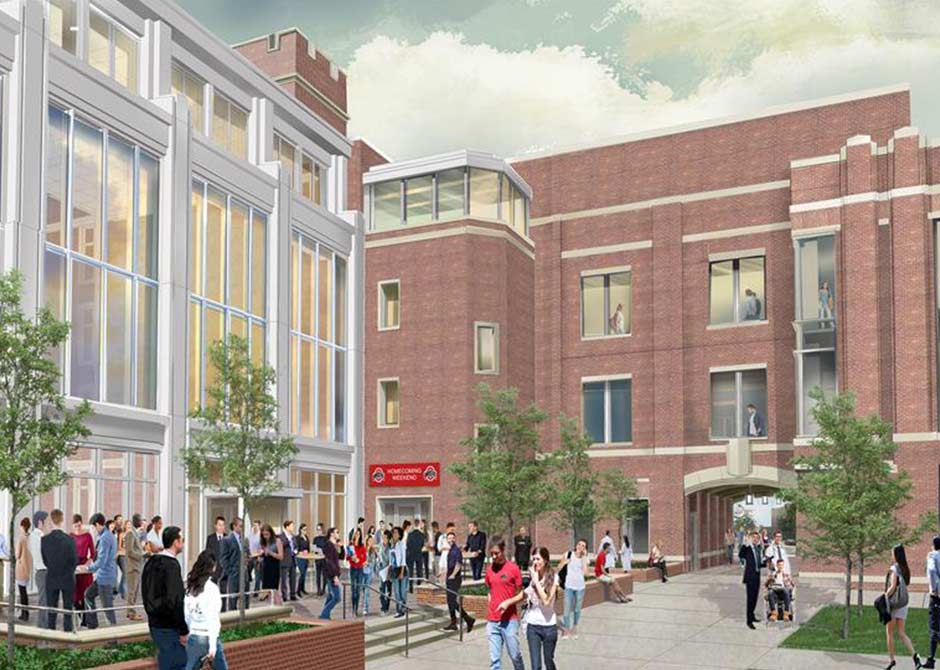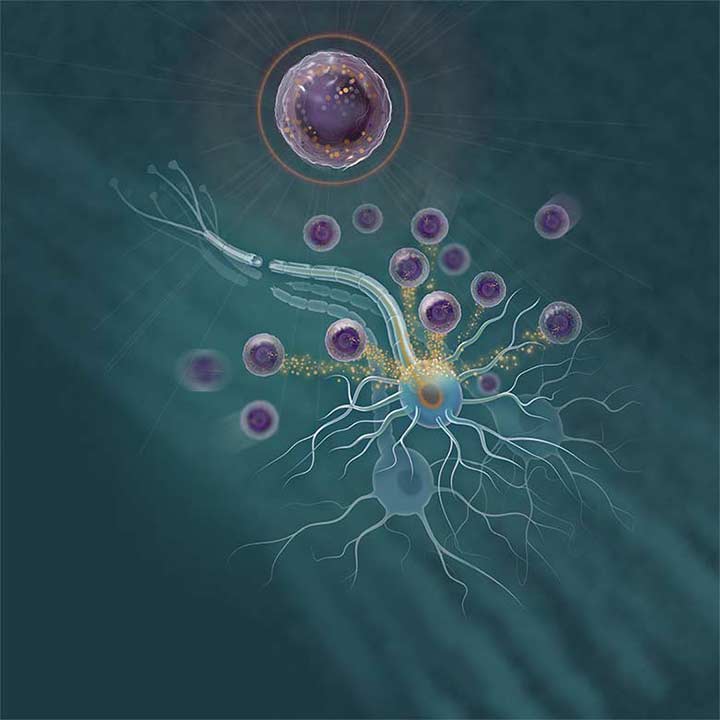While COVID-19 caused many academic institutions to cancel expansion plans due to budget cuts, The Ohio State University committed to lead Ohio in health care expansion with a $3 billion capital investment in education, research and patient care. As a result, they are transforming the way medical care is learned, advanced and delivered.
21st century medicine requires a comprehensive understanding of health that spans communities, specialties and technologies. Currently under construction are five new facilities that will advance medicine for all Central Ohioans and beyond. These buildings will enable collaboration between learners, researchers, and clinicians to create health care solutions in the communities where they serve. A sixth building that opened summer of 2021 is already seeing the benefits of this expansion.
New home for the College of Medicine

The College of Medicine will be housed in the Interdisciplinary Health Sciences Center which is a $155.9 million multi-phase project. It includes a 120,000-square-foot renovation of Hamilton Hall and construction of a new 100,000 square-foot building featuring an anatomy wing slated to open in January 2022. Not only will digital and virtual anatomy resources be integrated into laboratories, medical students will participate in collaborative learning experiences with advanced simulation technologies. The project will equip learners from the College of Medicine and colleges of dentistry, nursing, optometry, pharmacy, public health and veterinary medicine, with the skills necessary to practice 21st century medicine.
“We are building state-of-the-art classrooms equipped with cutting-edge tools along with innovative research facilities and modern clinical spaces” says Carol R. Bradford, MD, MS, FACS, dean of the College of Medicine. “This enriched, holistic education will enable learners, researchers and practitioners to continue to lead scientific discovery.”
The Interdisciplinary Research Facility will serve as an anchor for Ohio State’s future Innovation District. It will house multiple research disciplines, including biomedical, life sciences, engineering and environmental sciences. Two floors will be dedicated to The Ohio State University Comprehensive Cancer Center, including its new Pelotonia Institute for Immuno-Oncology.
The Ohio State University Wexner Medical Center ushered in a new era of unprecedented and convenient access to primary and specialty care in July with the opening of the state-of-the-art Outpatient Care New Albany health center. Construction is underway on the Outpatient Care West Campus and Outpatient Care Dublin health centers and these facilities will offer patients high quality care and easy access to Ohio State’s nationally ranked experts right in their own neighborhood.
Patients can have multiple appointments with different health care providers at a single location, often on the same day, enabling them to address all major health care needs, from prevention and diagnostic to surgery.
Another important feature is patient access to Advanced Immediate Care. Think of it as access to emergency medicine without the cost, wait times or travel to a traditional hospital emergency department.
Through its new $1.79 billion inpatient hospital scheduled to open in early 2026, construction of the Hospital Tower further unifies The Ohio State University Wexner Medical Center campus. The design positions health care providers to respond quickly to future pandemics or other health care crisis and provide complex patient care. The tower will be the centerpiece of a network of inpatient and outpatient facilities providing access to all communities in central Ohio and beyond.
The space will facilitate teaching of multi-disciplinary, team-based health care, adoption of new technology, research of new clinical treatments and the establishment of new evidence-based practices.
The tower doubles the amount of rooms available to 820 and provides private room settings fully equipped to elevate patient-centered care and accommodate the demand for high-acuity care.
“Faculty need flexible teaching spaces to optimize collaborative learning,” says Dr. Bradford. “Today’s physicians need modern tools, technology and functional spaces to provide innovative clinical care. This new medical complex is designed with them in mind.”

